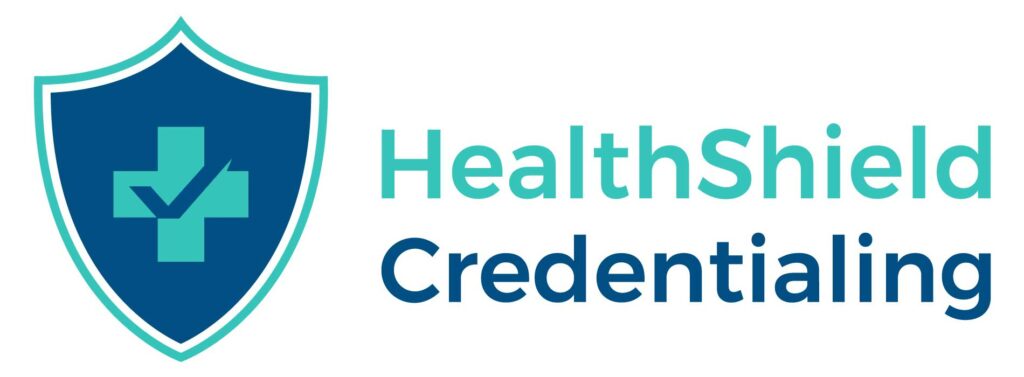1. What type of coverage do I need?
There are two types of insurance coverage.
- Occurrence Coverage: Pays claims as long as the event happened during the policy period — it makes no difference when the claim is reported.
- Claims-Made Coverage: Pays claims as long as the event happened during the coverage period — and the claim also must be reported during the coverage period. However, to have additional time to report a claim after the period malpractice coverage ends, you purchase an endorsement called a “tail.”
Occurrence Coverage | Claims-Made Coverage |
· Policy limits never expire · Higher premiums, but can cost less overall because there’s no need to buy a tail · Eliminates the need to buy a tail · Claims are covered for the years you had the policy, even after the policy ends | · Policy limits expire at the end of every policy term · Lower premium, but can cost more overall because you may need to buy tail coverage · Tail coverage must be purchased, often costing more than Occurrence · Claims are only covered during an active policy period (unless tail coverage is purchased). |
2. How much insurance should I carry?
Limits actually vary by state. It’s important to know your state’s limits because you can have too much insurance and become “deep pockets” if you’re involved in a claim. However, usual and customary limits of liability for CRNAs are $1M per occurrence and $3M over the annual policy period.
3. What do I need to make sure my policy incudes?
Coverage extensions and limitations vary widely. Some terms to consider include:
- Defining Claims: How does your insurance company define a claim? Some may require that you be sued and served with papers before they trigger coverage.
- Expenses: Some policies pay expenses incurred defending you while others will deduct those expenses from your limits of liability.
- Consent: Few policies require your consent before a claim is settled, which means an insurance company could settle a claim rather than fighting for you. The biggest take home here is to get a policy that requires your consent before any claim is settled; no exceptions.
- Hearings: Find out if your policy covers administrative, disciplinary, and Board of Nursing hearings and the expenses you incur while you attend.
4. Who should I get my insurance through?
When choosing a company for malpractice insurance it’s important to consider financial stability.
- M. Best Company is the leader in determining financial strength. Never purchase from an insurance company that does not have a Best’s Financial Strength Rating of at least “A” (Excellent).
- Generally speaking, there are two kinds of insurance companies: admitted and non-admitted. To be considered admitted, an insurance company must have its rates (the premiums that it charges) and its policy form (the coverages it provides) approved by the department of insurance in the states where it plans to do business. To provide coverage for applicants who are declined by admitted insurance companies, state departments of insurance allow insurance companies to provide coverage on a non-admitted basis. Because they are willing to accept applicants who do not meet normal underwriting guidelines, non-admitted companies are able to charge whatever premium they want and can limit or restrict their policy form however they want. The policy forms and rates used by non-admitted insurers are neither reviewed nor approved by any state department of insurance. A non-admitted company is not held to the same stringent insurance laws and regulations as an admitted insurer.
5. What does malpractice insurance cover?
Medical malpractice insurance is for legal claims that arise from allegations of malpractice, medical negligence, and medical omission. This insurance can help to cover various costs, including defense fees, expert witnesses, legal fees, settlement costs, and judgement costs. Medical malpractice will protect and cover you up to your policy limit. Should the costs go over the limit of the policy, you will be responsible for coverage, which is important to keep in mind.
Medical malpractice claims are common in a healthcare professional’s career. When your livelihood, reputation, and personal assets are on the line, you need to make sure that you have a proactive, specialized, strong insurance partner on your side to fight for your best interests.
It’s important to weigh a number of factors in your research. The policy premium must be thoughtfully considered against the service, protection, financial strength, and long-term stability of the insurance carrier. It’s important to remember you get what you pay for and that just because it’s cheaper up front doesn’t mean it won’t be the most expensive in the long run. Providers should also review the carrier’s risk management services, standards, and experience in the field before making a decision.
About The Author
For over three decades, AANA Insurance Services has specialized in CRNA malpractice insurance. We’ve developed innovative and sustainable insurance products to meet the ongoing changes of the field and the needs of our members. It’s easy to get a quote from AANA Insurance Services. No matter the practice setting, there is a coverage option to fit your needs. Call AANA Insurance Services at 1-800-343-1368 or visit https://www.aana.com/insurance to get a quote.







Thanks for the post
From start to finish, this blog post had us hooked. The content was insightful, entertaining, and had us feeling grateful for all the amazing resources out there. Keep up the great work!
This blog post hit all the right notes!
There is definately a lot to find out about this subject. I like all the points you made